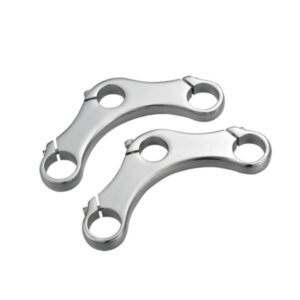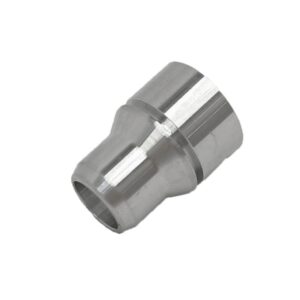Aluminum forging and aluminum extrusion are two common processes used in the manufacturing industry to create parts and products from aluminum. Both methods involve shaping the aluminum material into a desired form, but they differ in the process, end product, and the industries they cater to. In this article, we will dive deeper into the differences between aluminum forging and aluminum extrusion.
What is aluminum forging?
Aluminum forging is a process where molten or heated aluminum is subjected to compressive forces to shape it into a desired form. It involves pressing or hammering the material into a die or mold to deform it and create the desired product. The pressure and heat applied to the aluminum during forging improve its strength and mechanical properties, making it an ideal material for high-performance applications.
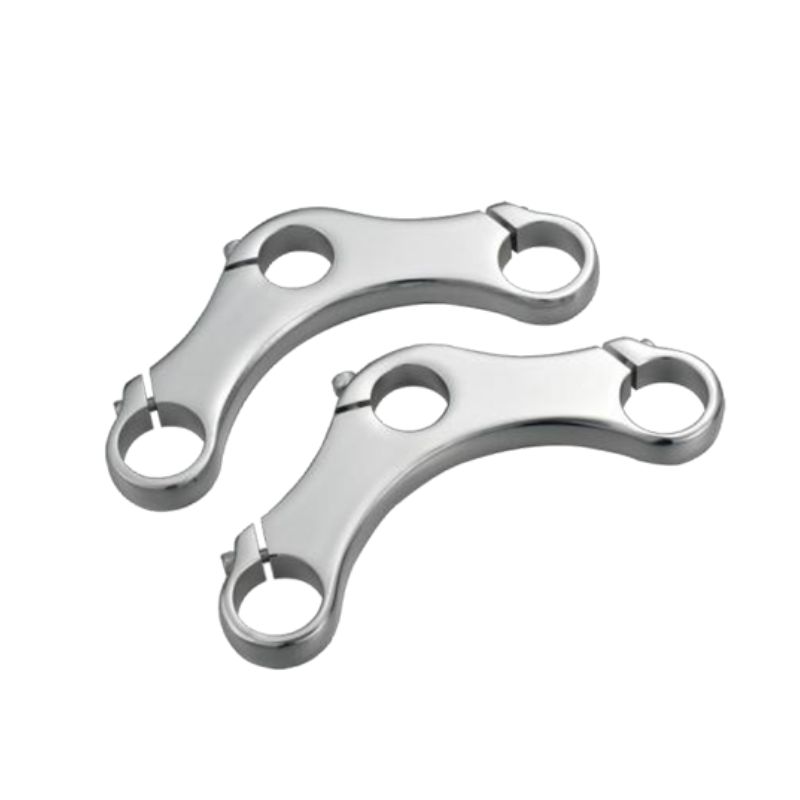
The key advantage of aluminum forging is the ability to create complex shapes and designs with superior strength and accuracy. This process produces parts with excellent surface finish, tight tolerances, and minimal waste, making it a cost-effective method for mass production. Aluminum forgings are used in various applications such as aircraft components, automotive parts, and other high-performance industries where lightweight and strong materials are essential.
What is aluminum extrusion?
Aluminum extrusion is a process where a heated aluminum billet is forced through a shaped die to create a continuous profile with a specific cross-section. This process is similar to squeezing dough through a cookie cutter, except that the end product is a continuous length, not a form. The aluminum is pushed through the die using a ram, and the resulting extruded profile is then cooled and cut into the desired lengths.
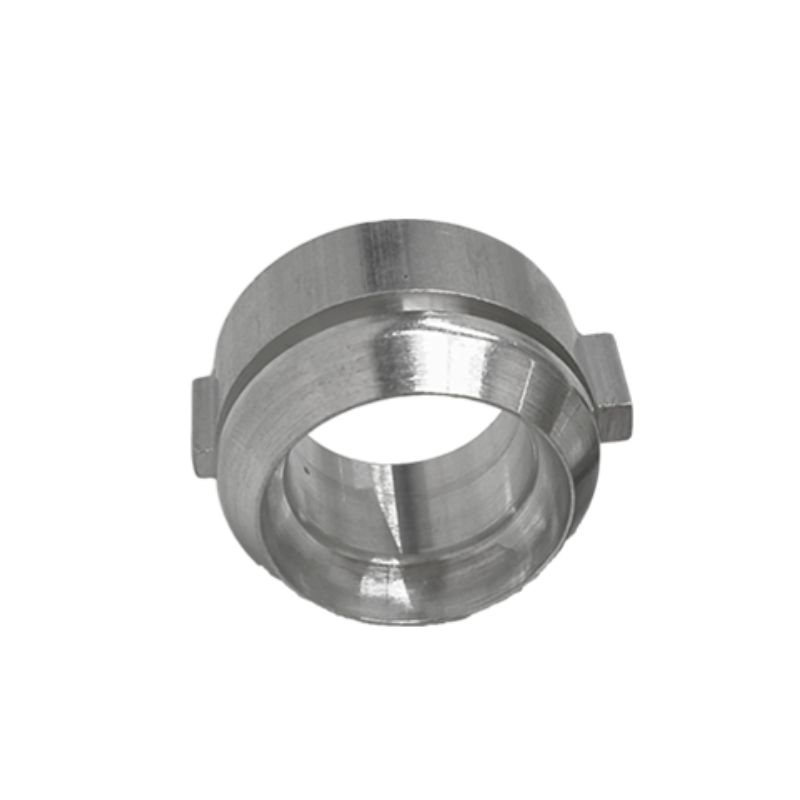
Extruded aluminum is known for its high strength-to-weight ratio and corrosion resistance, making it a popular choice in automotive, marine, and construction industries. Unlike forging, which produces complex shapes, extrusion is more suitable for producing long length profiles with constant cross-sections. This process is also highly scalable, making it ideal for both mass production and small batch sizes.
Differences between Aluminum Forging and Aluminum Extrusion:
Ⅰ. Process: The main difference between aluminum forging and aluminum extrusion is the process itself. Forging involves using pressure and heat to deform the metal into a desired shape, while extrusion forces the molten aluminum through a die to create continuous profiles.
Ⅱ. End Product: As mentioned earlier, forging produces complex shapes with superior strength and accuracy, while extrusion creates long profiles with constant cross-sections. This difference makes them suitable for different applications and industries.
Ⅲ. Tooling: Forging requires specialized tools such as dies, presses, and hammers to shape the aluminum, while extrusion primarily uses a die and a ram. Tooling costs for forging tend to be higher due to the complexity of the process and the need for precision.
Ⅳ. Waste: Forging produces minimal waste as the material is shaped by compressive forces, while extrusion creates excess material in the form of scrap or chips that need to be recycled or disposed of.
Ⅴ. Cost: While both processes can be cost-effective for mass production, forging tends to be more expensive due to the specialized tooling and slower production rates. For extrusion, the tooling costs are lower, but the scrap generated can increase the overall cost of production.
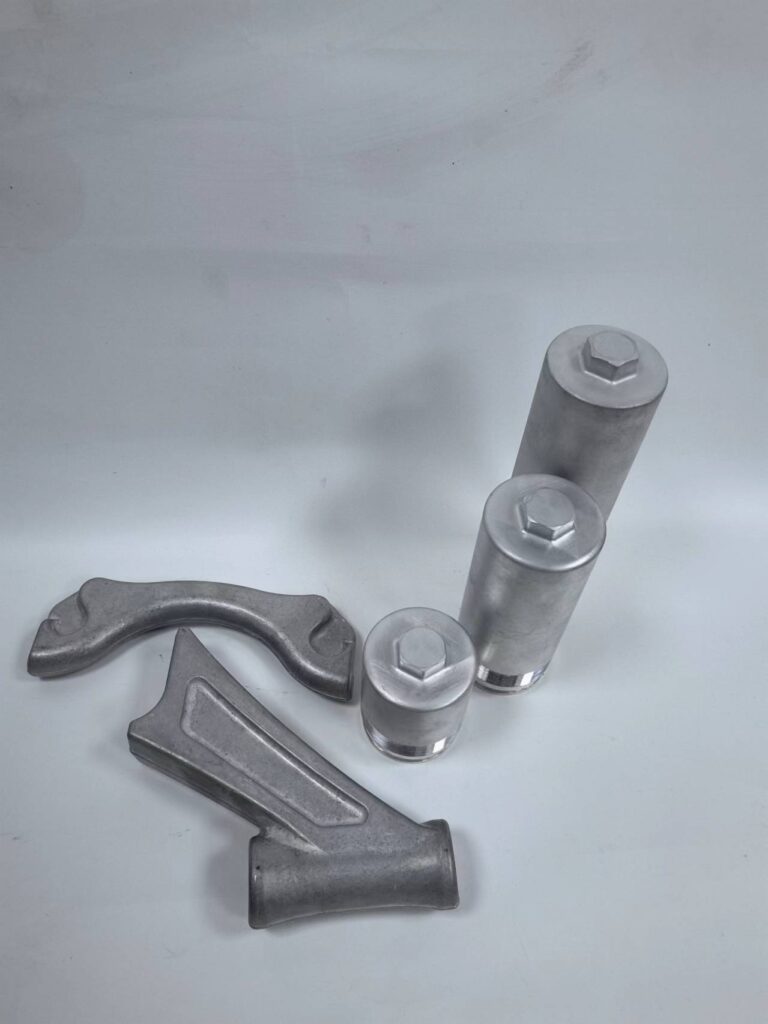
Forging Industry:
Forging is a manufacturing process that involves the application of pressure and heat to shape metals into a desired form. In this process, the metal is subjected to compressive forces to change its shape, and the end product is created by deforming the metal through the use of a die or mold. This process has been used for centuries to create a wide range of metal products, and it is still a key component of the manufacturing industry today.
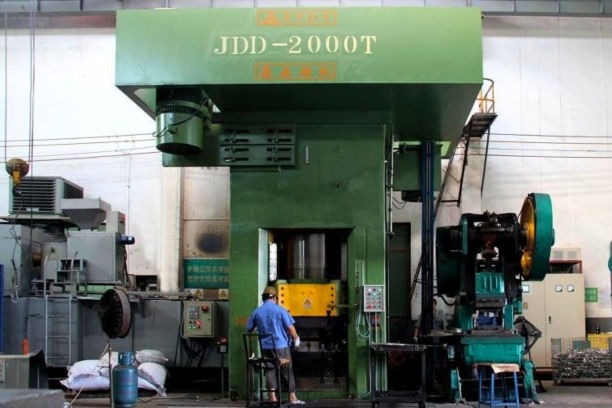
The forging industry is a crucial part of the metalworking sector, with a global market size of over $96 billion in 2021 and an expected compound annual growth rate of 7.3% from 2020 to 2025. The industry serves a wide range of markets, including aerospace, automotive, construction, oil and gas, and many others. Forged products are known for their strength, reliability, and durability, making them essential in high-performance applications.
MINGYU Tech:
MINGYU Tech is a leading manufacturer in the forging industry, specializing in the production of precision metal components using various forging techniques. The company has 17 years experience in the industry, with a strong reputation for providing high-quality forgings and exceptional customer service. We serve a wide range of industries such as automotive, aerospace, and energy, catering to the global market with their production facilities in both Asia and Europe.

Conclusion:
The forging industry, supported by manufacturers such as MINGYU Tech, provides high-performance, cost-effective, and reliable solutions for various industries. While aluminum forging produces complex and strong shapes, extrusion is more suitable for producing long profiles with constant cross-sections. As the demand for aluminum products continues to grow, both processes will remain essential in the manufacturing industry.


